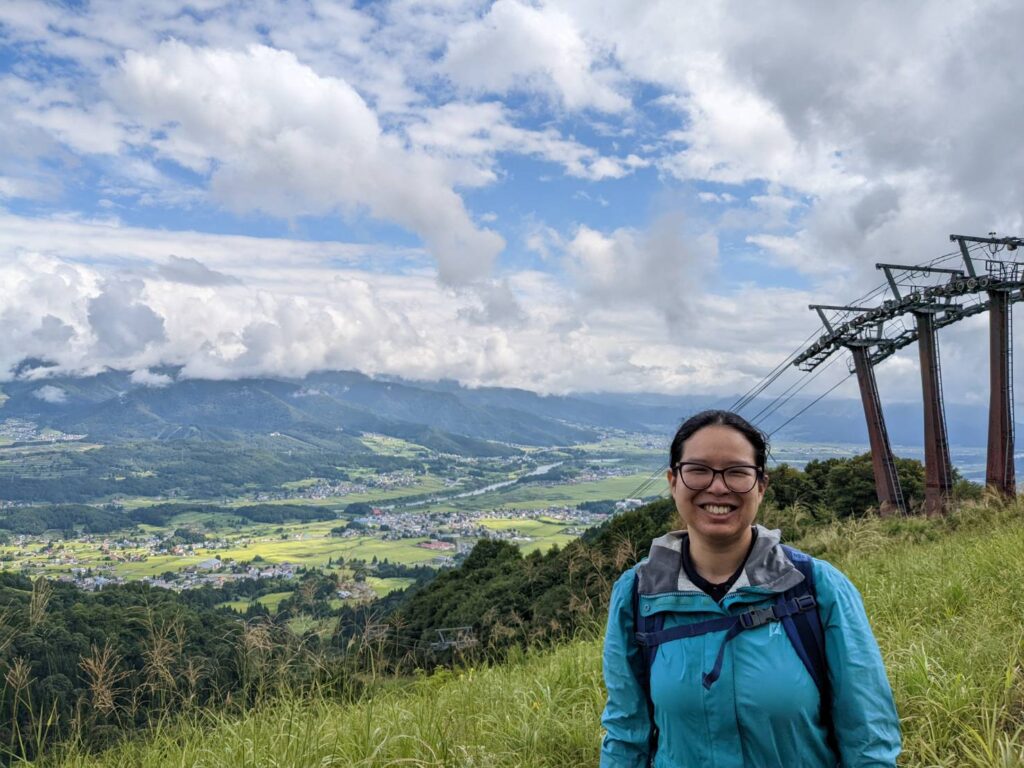
Gloria Cho has been Iiyama City’s Coordinator for International Relations since December 2021. She is from Canada but calls Iiyama City her second home. She loves Japanese traditional crafts and culture, and enjoys traveling in Japan.
Japanese people enjoy autumn in many ways, most commonly by harvesting crops and fruits, savoring seasonal food, and enjoying the autumn foliage and art. Located in northern Nagano Prefecture with convenient shinkansen access, Iiyama City is the place to go if you want to experience authentic Japanese hometown while avoiding the crowds.
During autumn, there are a variety of gastronomic delights such as new rice, new soba (buckwheat noodles), and seasonal vegetables, as well as beautiful autumn foliage at temples and on the Nabekura Kogen Heights. Here, I would like to recommend a 3-Day/2-Night itinerary by car where you can explore the beauty of Japan’s autumn.
Day 1: Downtown Iiyama – A Town of Temples
Arrive in Iiyama mid-morning by shinkansen from Tokyo, and pick up your rental car at Nissan Rent-A-Car, which is a 3-minute walk from Iiyama Station. Start your journey by heading straight to Buddhist Altar Street, which is a 5-minute drive.
Buddhist Altar Street
Japanese poet and novelist Shimazaki Tōson described Iiyama City as the “Little Kyoto in Snow Country” and loved its historical landscape. Atago-machi, nicknamed “Buddhist Altar Street,” offers a unique view of the Little Kyoto with its roofed sidewalks that protect pedestrians from snow.
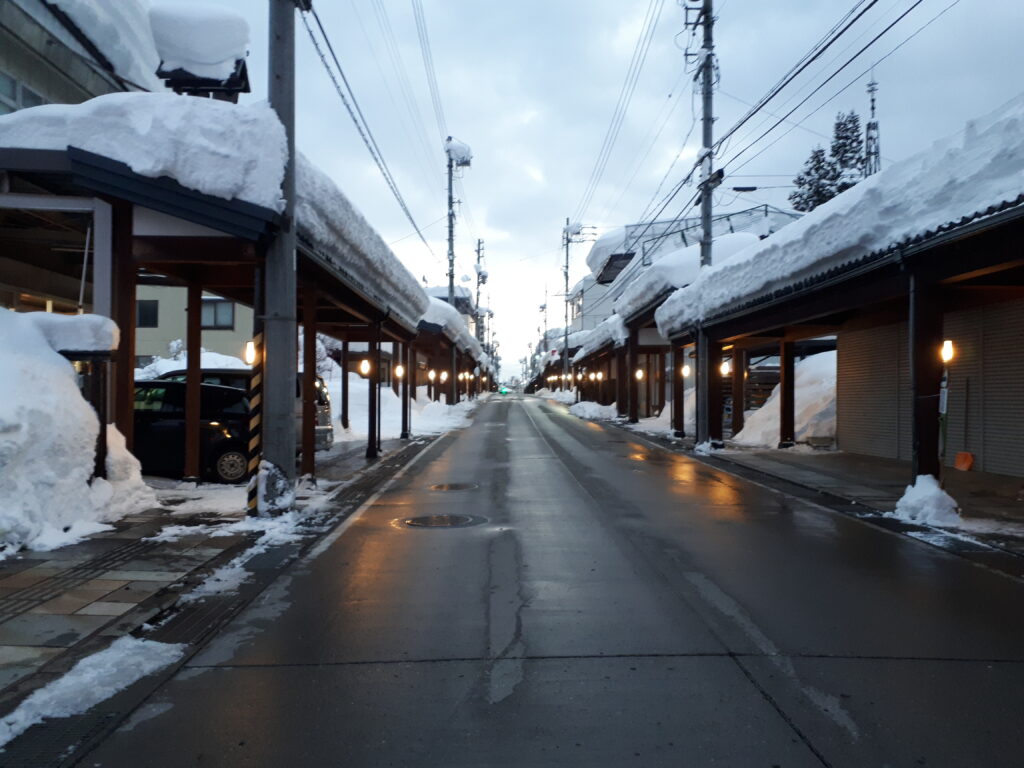
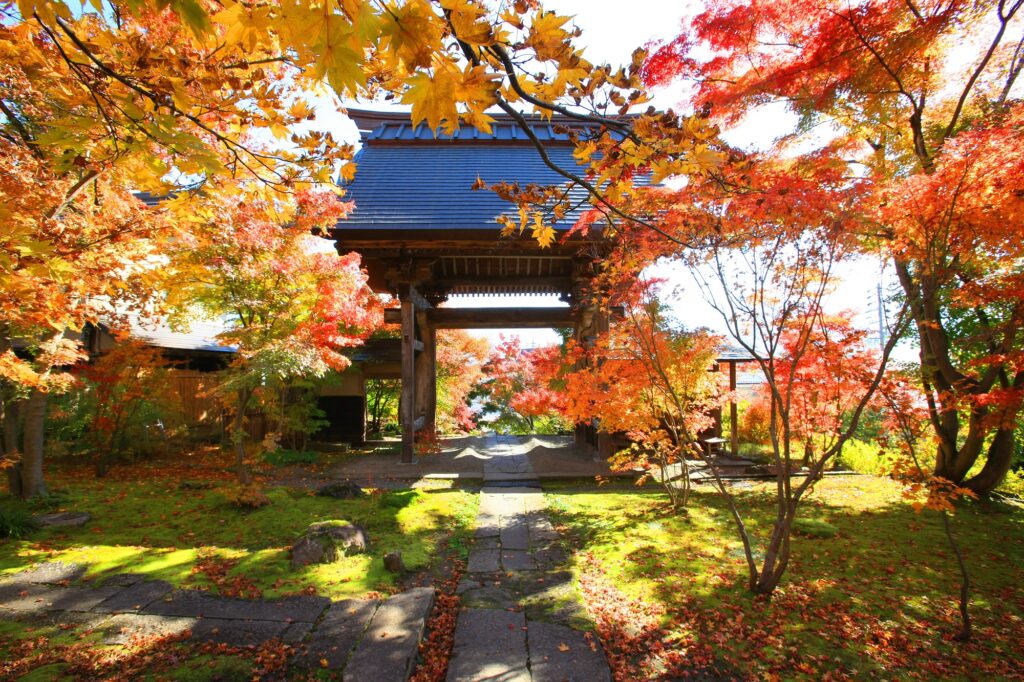
My favorite part about the Buddhist Altar Street is the lanterns hanging on the pillars along the street, which is best seen in the evening with softly glowing lights. Other must-sees in this area are Shonenji Temple, which is famous for its moss garden and Japanese maple trees, and the washrooms inside the Experimental Display Hall “Okushinano,” which are covered in gold leaf.
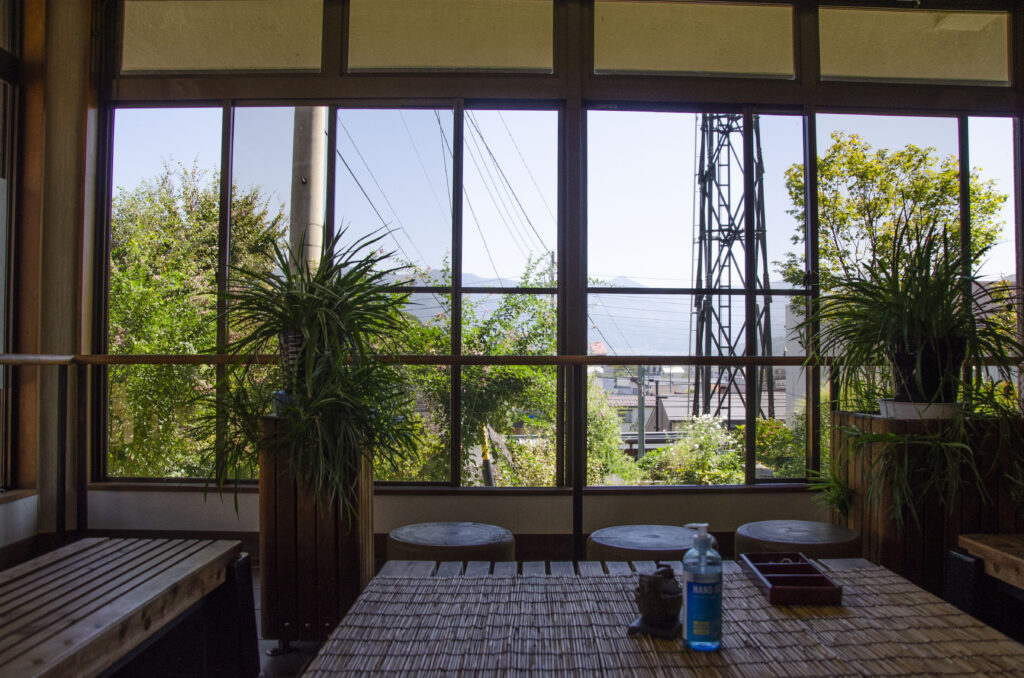
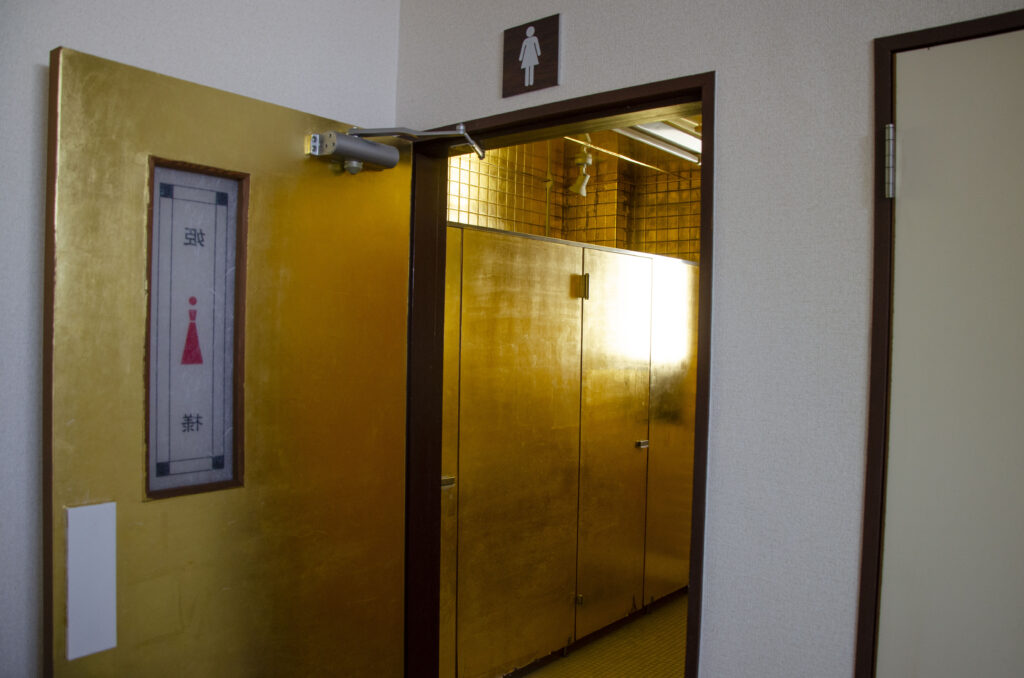
Lunch: HATANO
It will be around noon by the time you have finished exploring the area, so it is time for lunch at a reservation-only kominka restaurant. A kominka is an old Japanese folk house structured with wood with high floors and ceiling, and according to owner chef Hatano-san, the house was built more than 100 years ago.
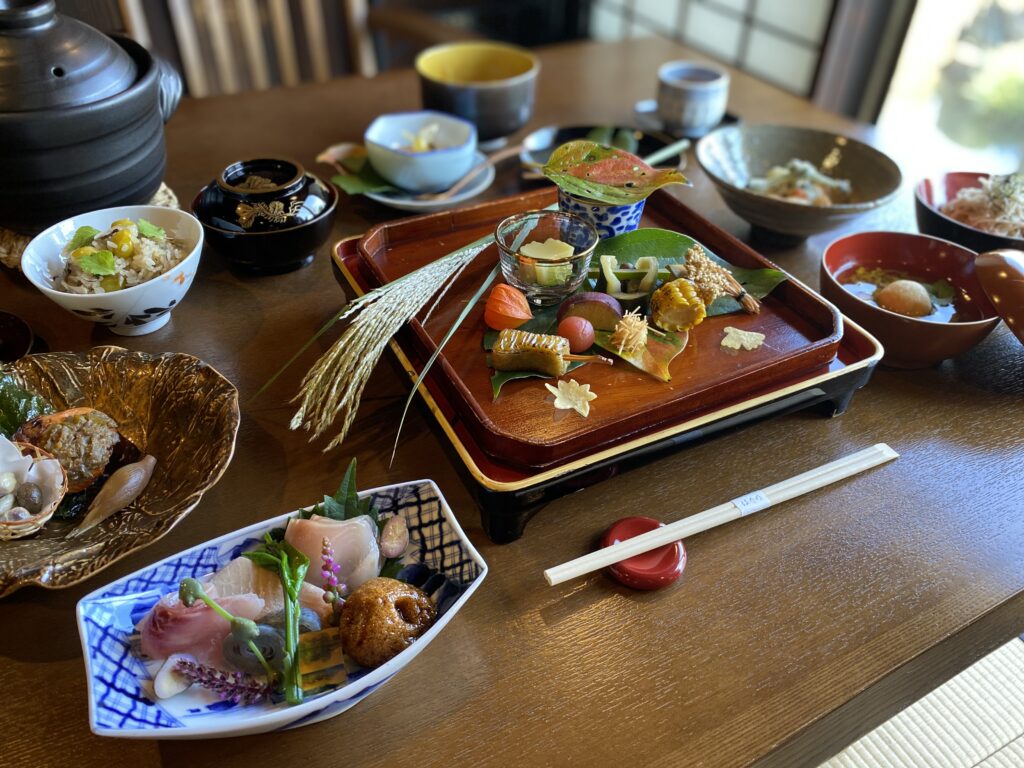
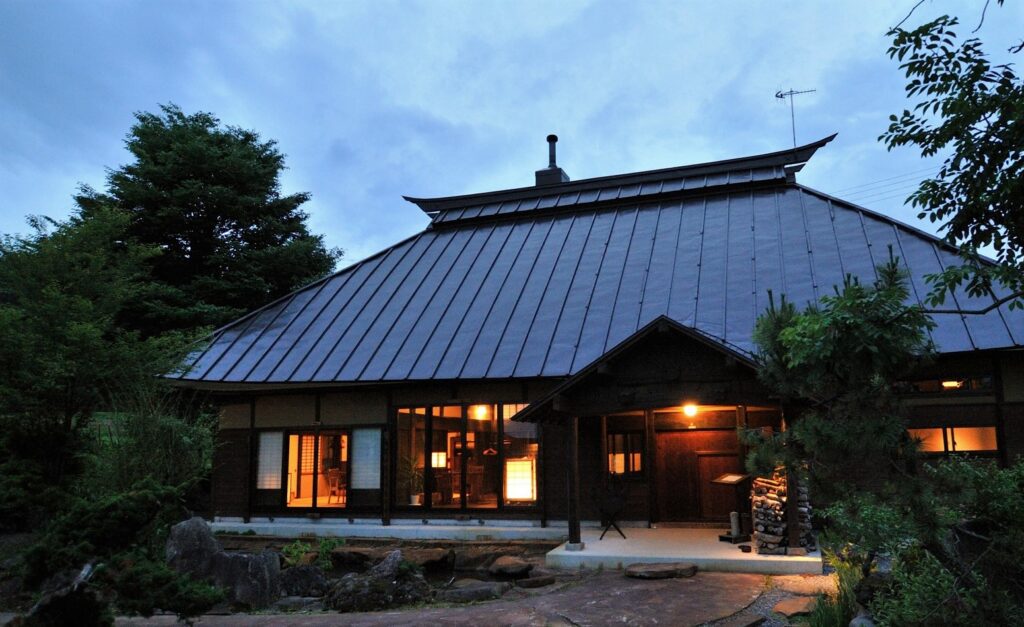
Hatano-san serves kaiseki cuisine that uses as many locally produced ingredients as possible, normally providing a seven-dish course. His wife would explain each dish in detail, including the origin and the seasonal particulars of the ingredients used. For more information, please refer to the restaurant’s website (please note that reservation and services are in Japanese only).
Mayumi Takahashi Museum of Doll Art
After lunch, head to Mayumi Takahashi Museum of Doll Art, which exhibits dolls made by doll artist Mayumi Takahashi. Her dolls express heartwarming scenes seen in everyday Iiyama, which move the hearts of many people, including myself (sometimes I would be at the brink of shedding tears while looking at the dolls). Those without any Japanese skills can make use of the multi-language museum guidance app “POCKET CURATOR” or English brochures available at the museum. It is a great way to learn about life in rural Japan – things that are ordinary to locals, yet special to visitors.
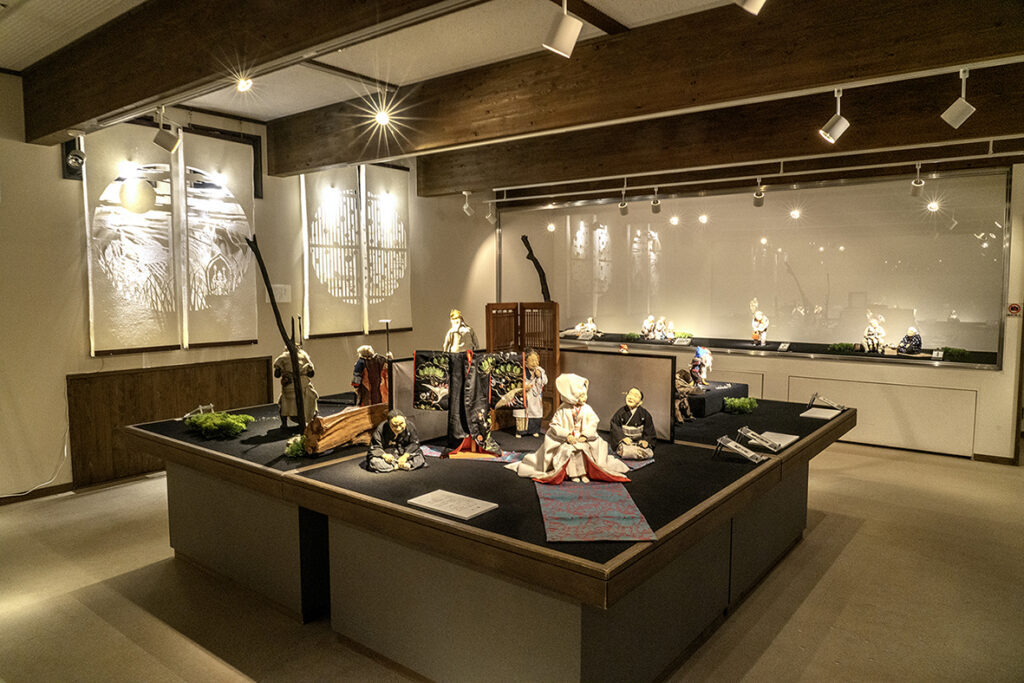
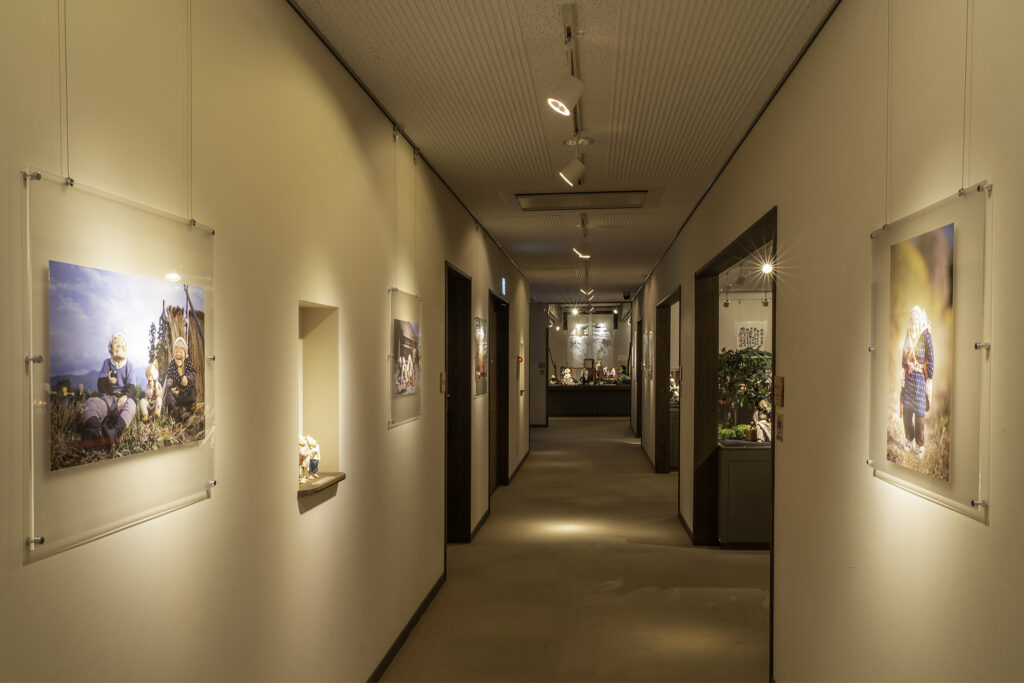
The café inside the museum offers unique desserts that is perfect for an early-afternoon break before heading to your accommodation for the night.
*If you plan to follow my itinerary and visit the museum complex on Day 3, the 4-museum combo ticket offers a better deal than separately buying admission tickets. The combo ticket allows you to visit all 4 museums once within six months upon purchasing the ticket.
Please note that it may be unavailable for sale when other museums have special exhibitions.
Accommodation: Togari Onsen or Hokuryuko Hotel
I highly recommend staying at the Togari Onsen area or the Hokuryuko Hotel. Some hotels have onsen (hot spring) bath where guests can enjoy the many benefits that onsen has to offer (stiff shoulders, anyone?). The view from hotels in this area depict a typical rural Japan scenery with rice paddies and wooden houses.
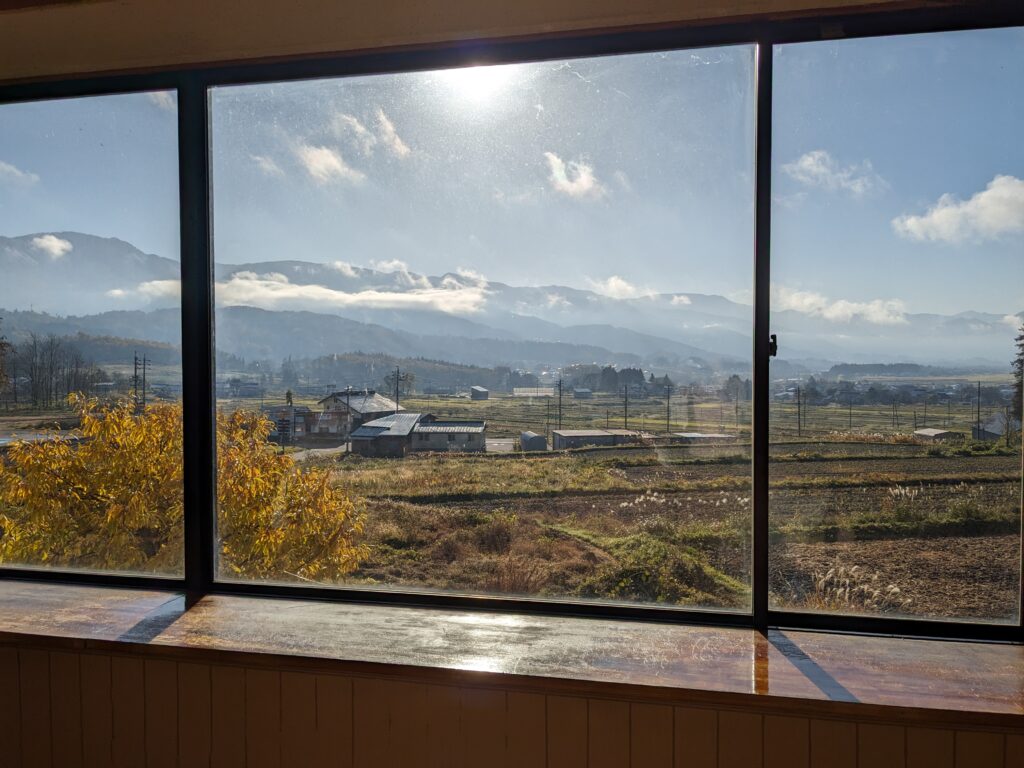
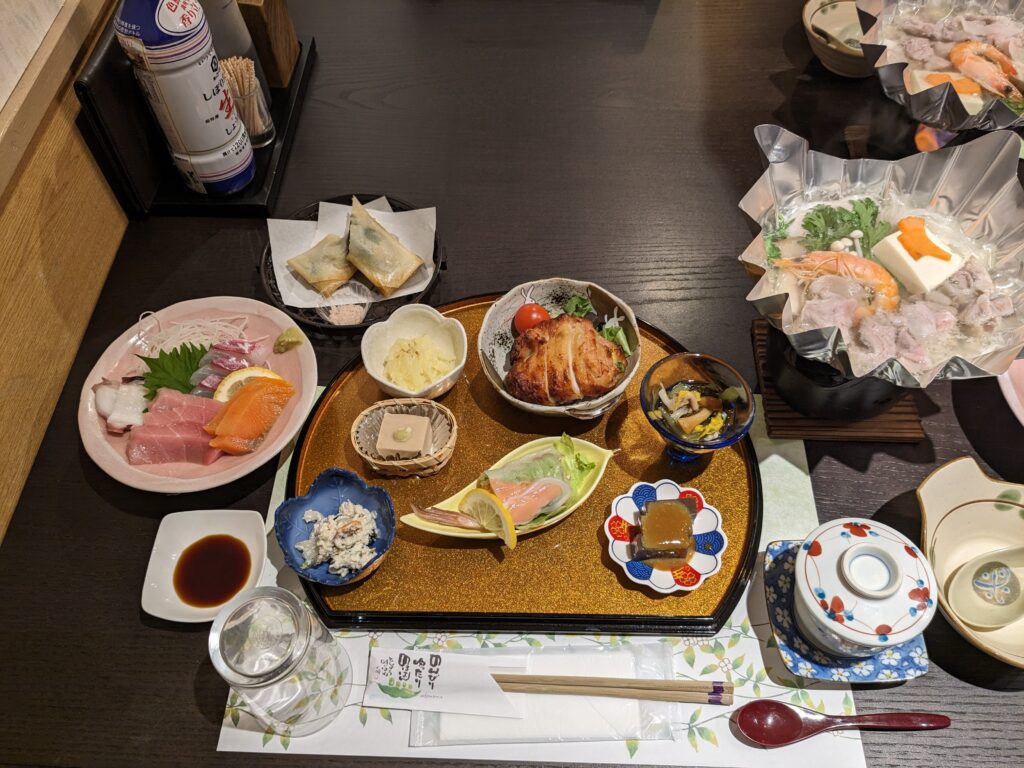
Some hotels will include dinner made with locally produced ingredients, and you may be able to try out the delicious shinmai (new rice), which is rice processed and packed in the same year that it was harvested. Irrigated with nutrient-rich meltwater, rice grown in Iiyama is the pride of local people. It had won a few national rice competitions and had been presented to the Emperor of Japan.
Accommodations in the Togari Onsen area that have rooms with en suite bath and toilet.
▼Togari Onsen Shikisai no yado KANOE(Twin room)
https://www.booking.com/hotel/jp/shikisaino-yado-kanoe.ja.html
▼Alpen Plaza(Twin room)
https://www.booking.com/hotel/jp/alpen-plaza.ja.html
Day 2: Rural Iiyama – An Autumn Paradise
You have explored Japanese autumn in town on day one, now it is time for natural wonders on day two. First, make a 30-minute drive to your first stop of the day, Chayaike Pond.
Chayaike Pond
Chayaike Pond is a certified Forest Therapy Course, and its relaxing effects have been scientifically observed. It is also a popular autumn foliage viewing spot among locals, and most people go there in the morning when the wind is relatively calm. If you are lucky, the pond will act like a mirror, and you can see the beautiful reflection of the red and yellow-colored forest.
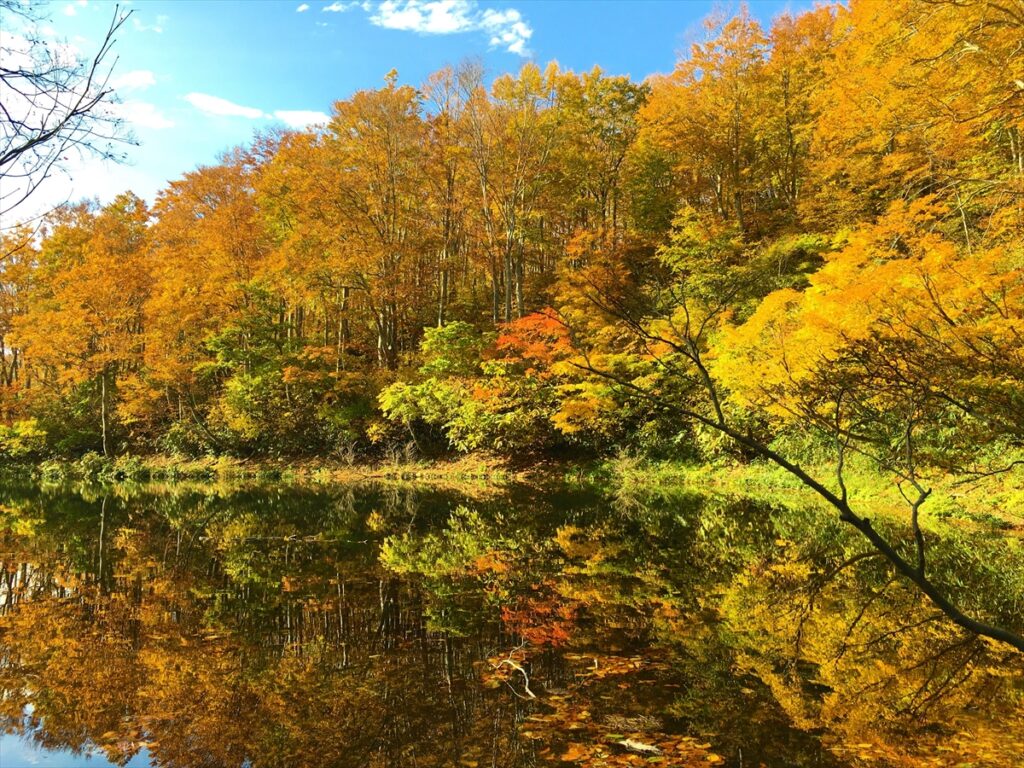
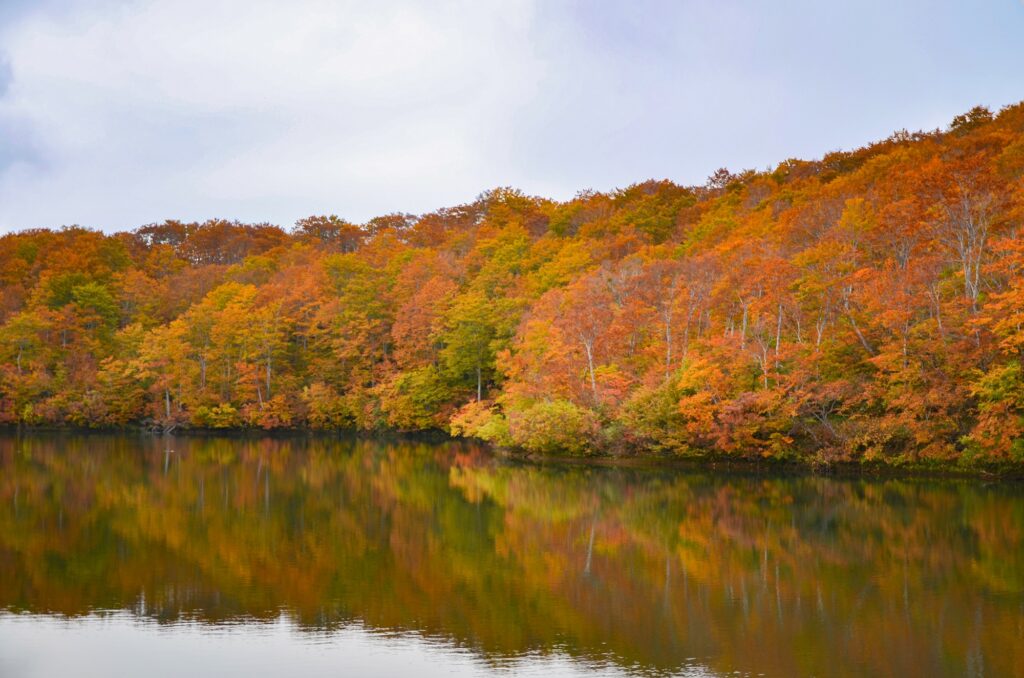
Before heading to our next stop, go for a nature walk either around the pond (1.1 km) or through the beech forest (0.8 km) to enjoy the benefits of forest bathing.
Mori-no-Ie
Mori-no-Ie is a lodging and nature program facility with trails, and it takes 20 minutes by car from Chayaike Pond. However, travel time may take longer because you will be tempted to make brief stops along the way to take gorgeous photos of Nabekura Kogen Heights.
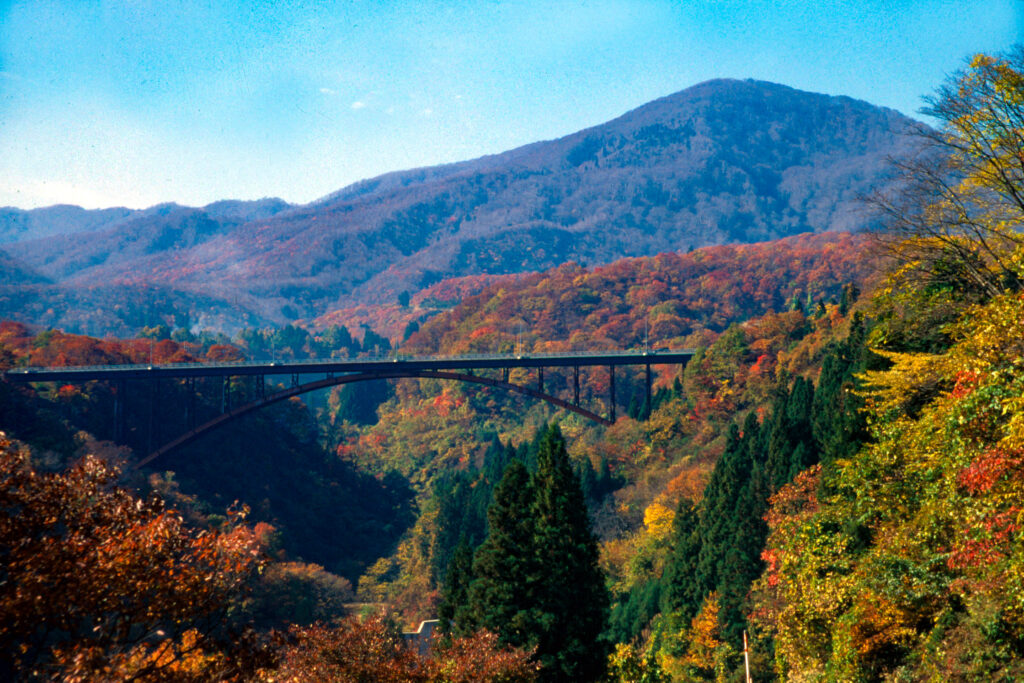
After arriving at Mori-no-ie, head to the main building to get maps for your second nature walk. While walking through the pristine beech forest, you will be able to relax on several hammocks. If you are interested in the activities and programs at Mori-no-Ie, please check out their website and sign up beforehand!
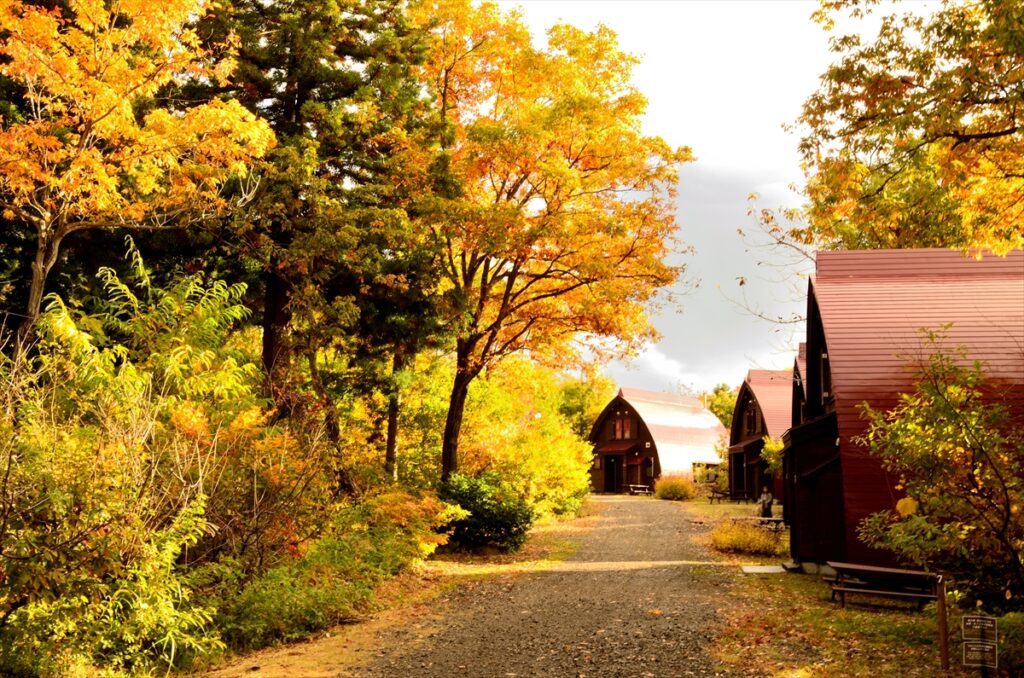
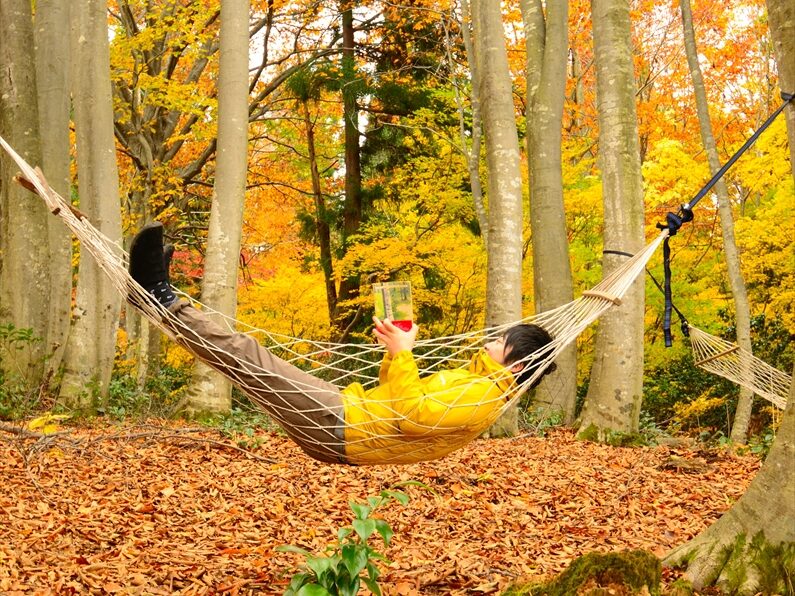
Lunch: Café Satowa
Café Satowa is a restaurant within Roadside Station Hananoeki Chikumagawa, which is 20 minutes by car from Mori-no-Ie. Their specialty is the satowa curry, but their weekly meal sets are also popular because they use fresh local ingredients. Don’t forget the flavorful ice cream or locally-made sweets for dessert!
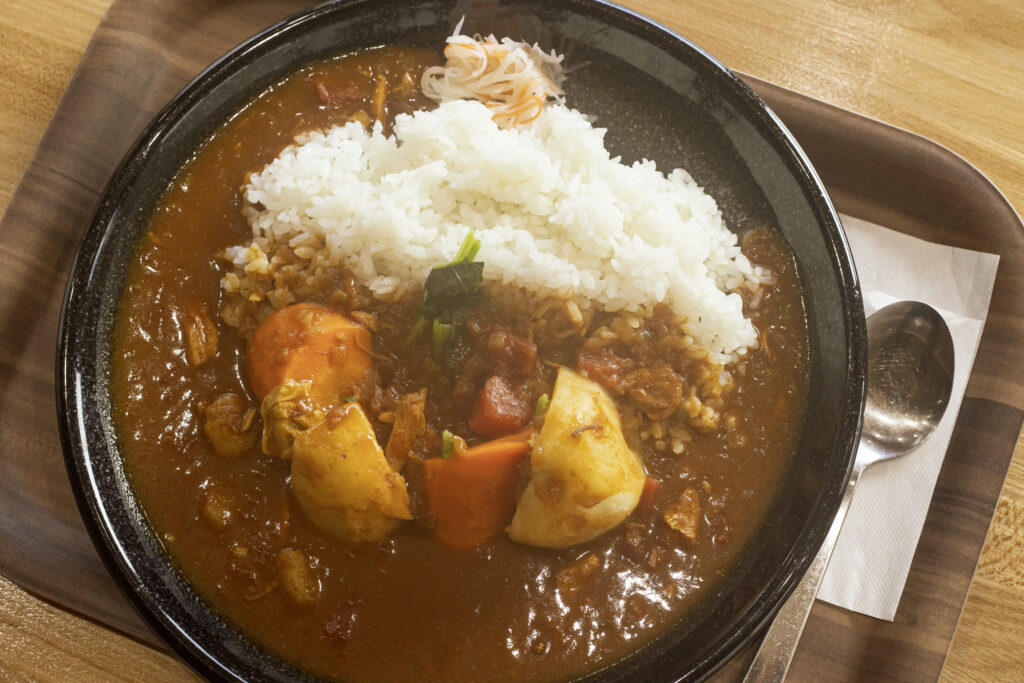
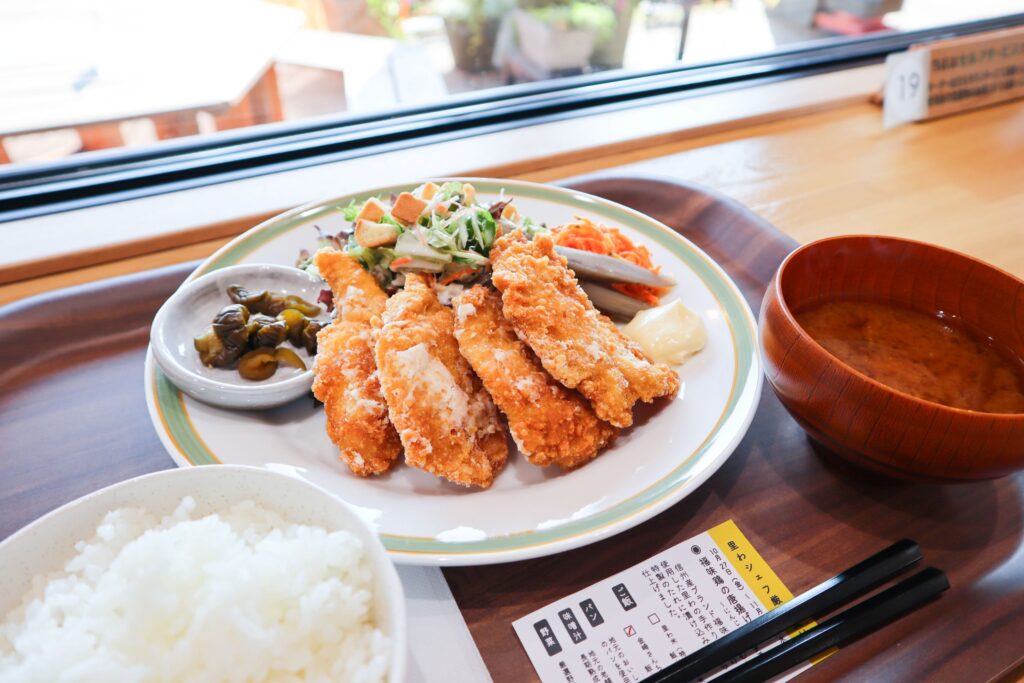
After lunch, you can buy souvenirs at the roadside station and adjacent Japanese outdoor equipment store Montbell before heading to your next stop at the sacred ginkgo tree, which is only 10 minutes away by car.
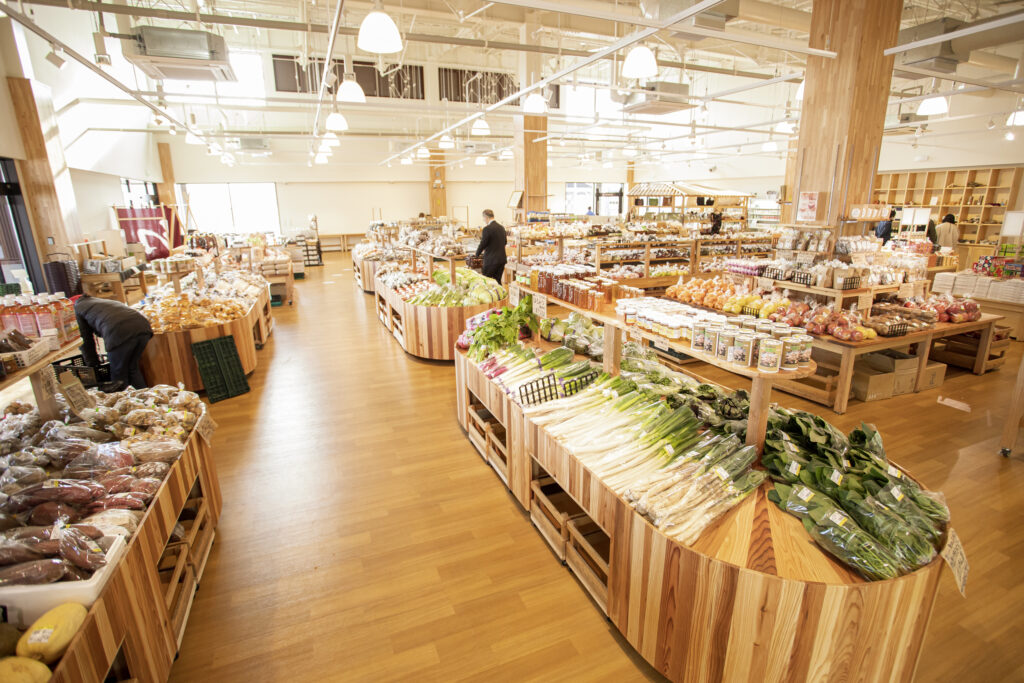

Godo no Oicho
This ginkgo tree is really huge, so huge that a standard torii gate looks like a mini gate when seen from afar. The tree is thought to be over 500 years old, and a deity is said to live there (there is a little shrine under the tree).
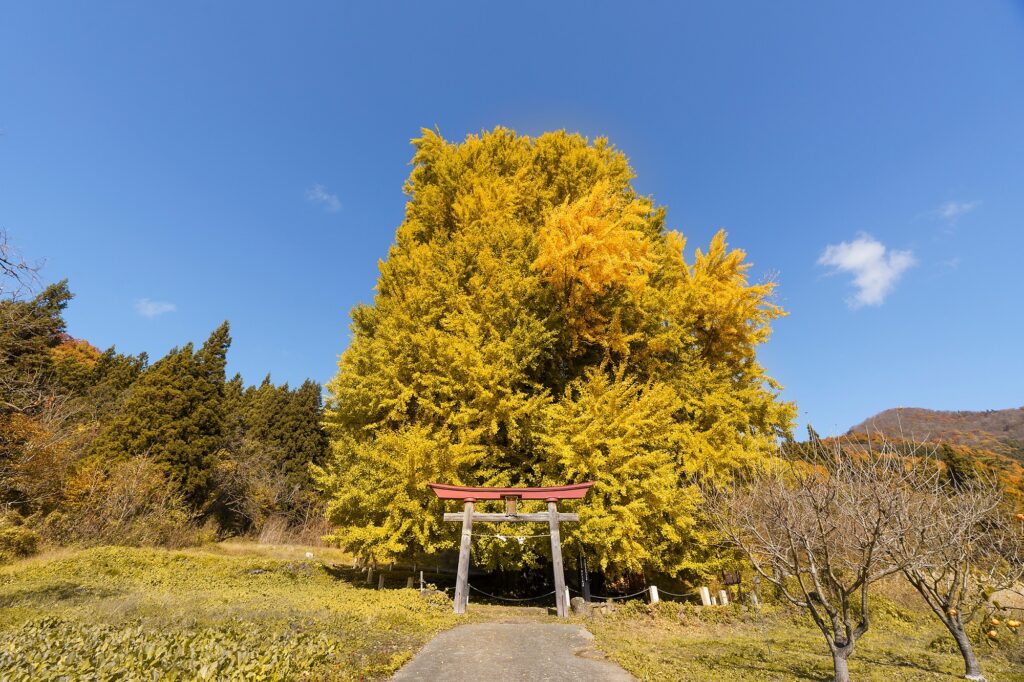
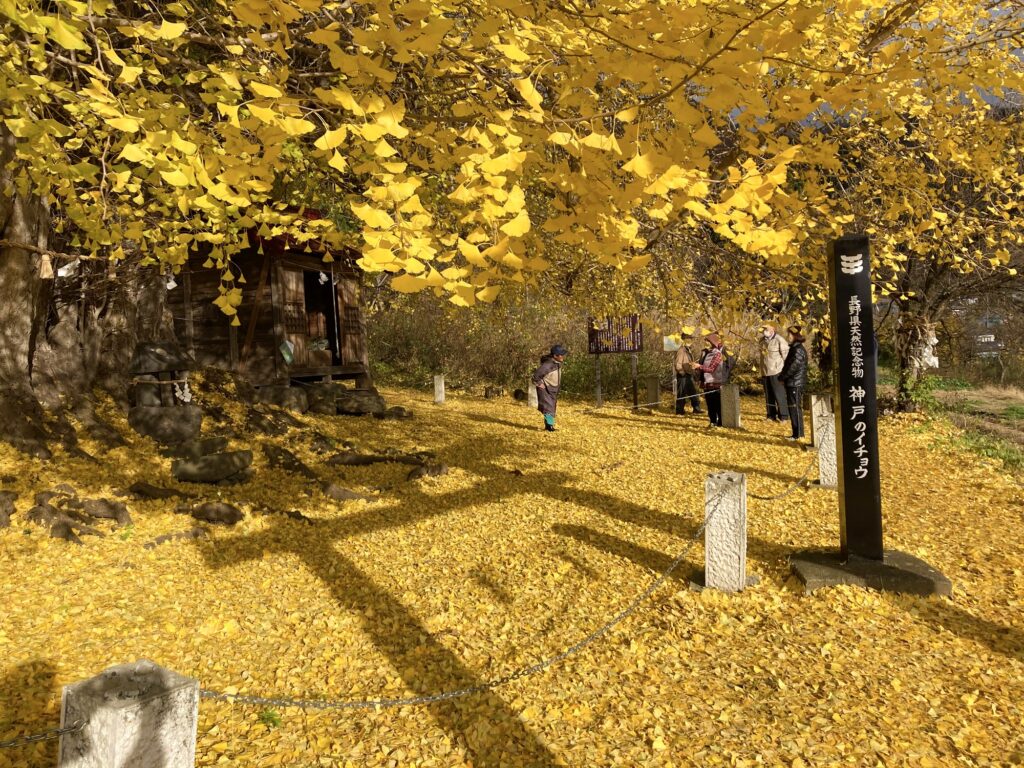
It is also known as “Yukidameshi-no-ki,” meaning the snowfall of the coming winter can be predicted by using the length of the defoliation period. If you are lucky, you may get snow-capped mountains as the backdrop of your photos in mid-November.
Due to fallen branches observed from last winter through the end of June this year, entry to the base of the tree is currently prohibited for safety reasons. Treatment of the ginkgo tree is scheduled to take place after the leaves have fallen in autumn, so close-up viewing will not be possible for the time being. We kindly ask for your understanding and cooperation.
Kosuge Shrine
Your next stop is Kosuge Shrine, which is 10 minutes away by car. I highly recommend the cedar tree path leading to the inner shrine!
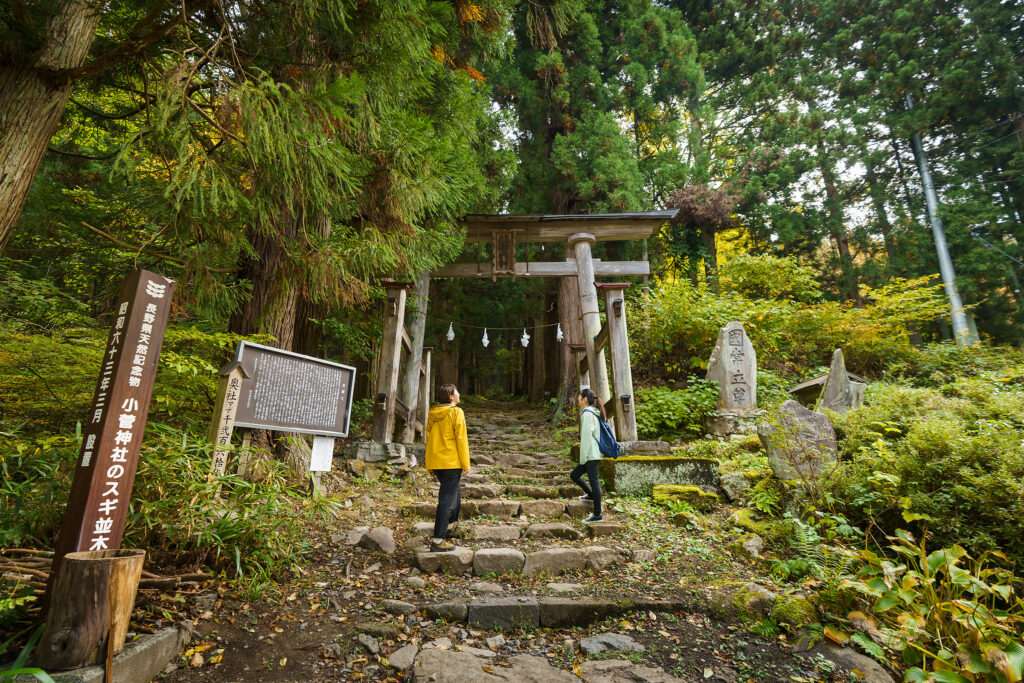
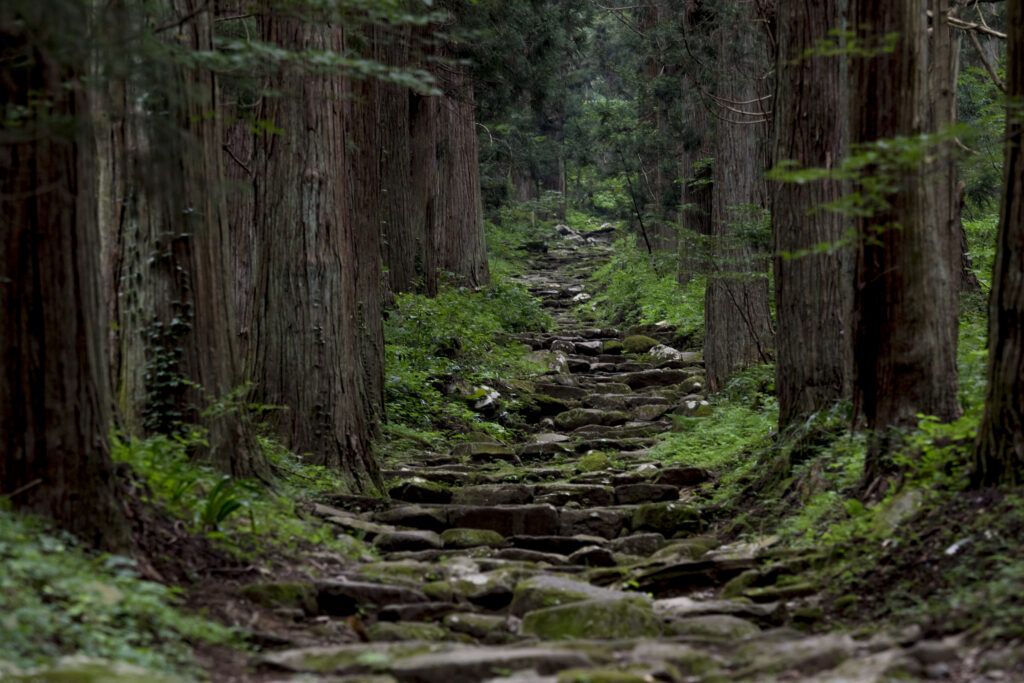
The inner shrine and annexed hall are thought to date back to the mid-Muromachi period and are designated as National Important Cultural Properties. However, the hike up the mountain is physically challenging and takes about 2 hours round trip on steep terrain. If you are into a more spiritual experience, you can try a Shugendo experience led by a local yamabushi, warrior priests of the Shugendo religion. The village’s sole yamabushi Shida-san will take you on a journey through the quiet forest.
If you prefer a more relaxing and leisurely experience, you can instead take a stroll around the village since the “Kosuge Village and Mt. Kosuge Cultural Landscape” has been selected as a National Important Cultural Landscape. Make sure to stop by Asabanoan and try their popular Anmitsu (Japanese dessert made with agar jelly, red bean paste, and other toppings) for a Japanese teahouse experience.
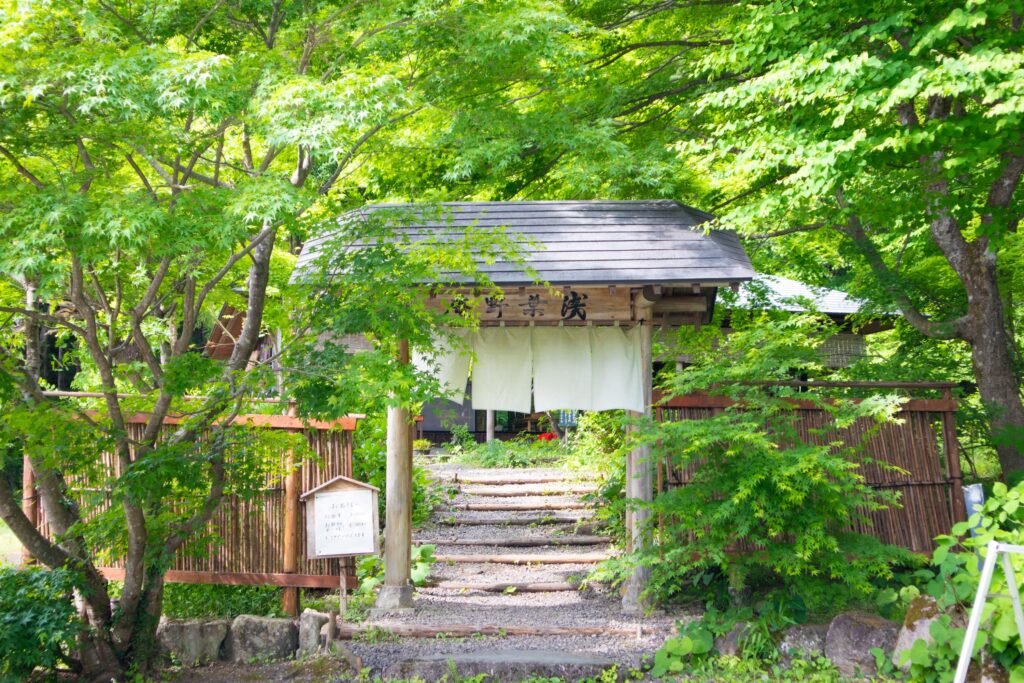

Lake Hokuryuko
The last stop of the day would be Lake Hokuryuko, which is a 5-minute drive from Kosuge. The lake is a popular spot for couples because of its heart shape. You can easily walk around the lake, and pray to the statues of the 7 Deities of Good Luck along the way.
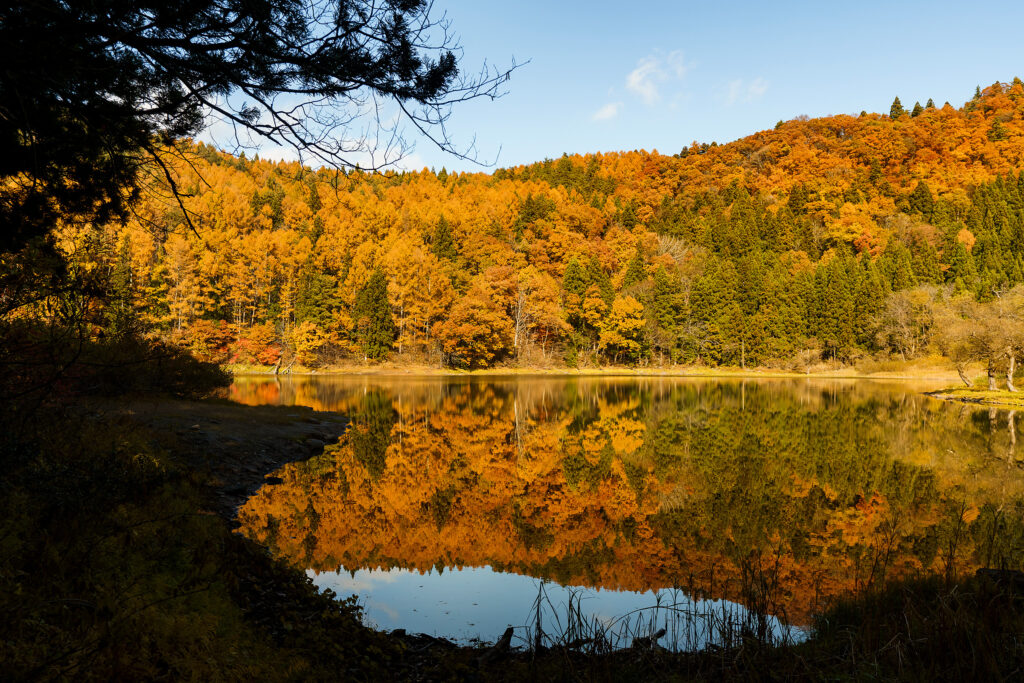

Day 3: Iiyama Local History and Activities
On day three, you will go back to downtown Iiyama and enjoy a day full of activities. To start off, return your rental car, store your luggage at Iiyama Station, then walk 7 minutes to Iiyama Handicraft Paper Studio.
Iiyama Handicraft Paper Studio
Uchiyama washi is a nationally designated traditional craft in Japan, and it is characterized by its whiteness and sturdiness. Design your own washi by participating in a washi-making workshop lead by Hirata-san! I once joined the workshop with a group of friends, and we had a lot of fun making the washi.
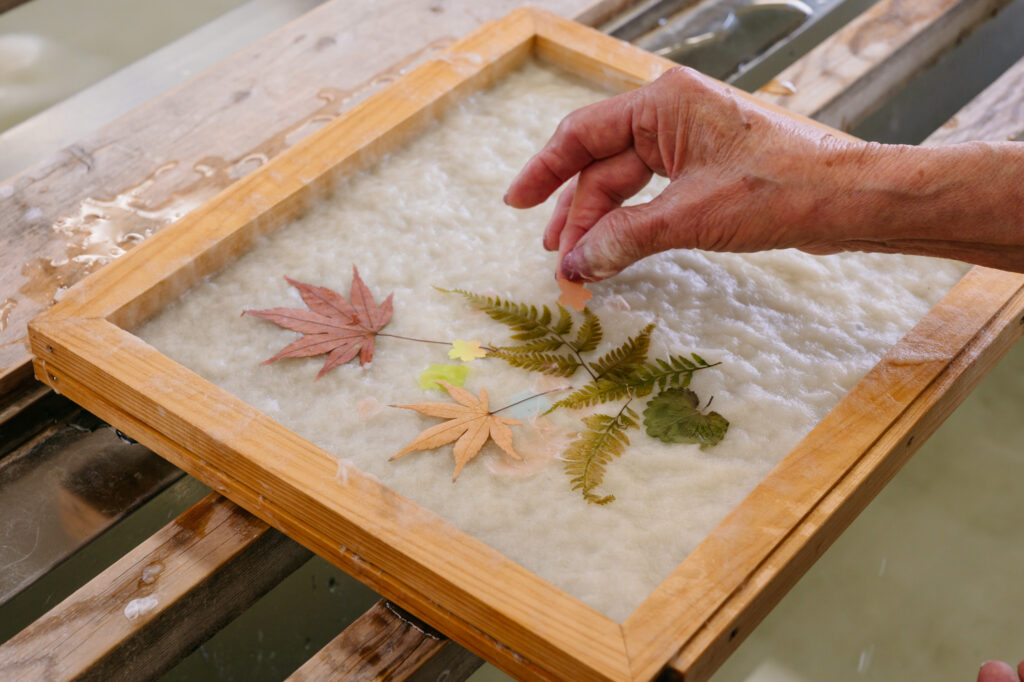
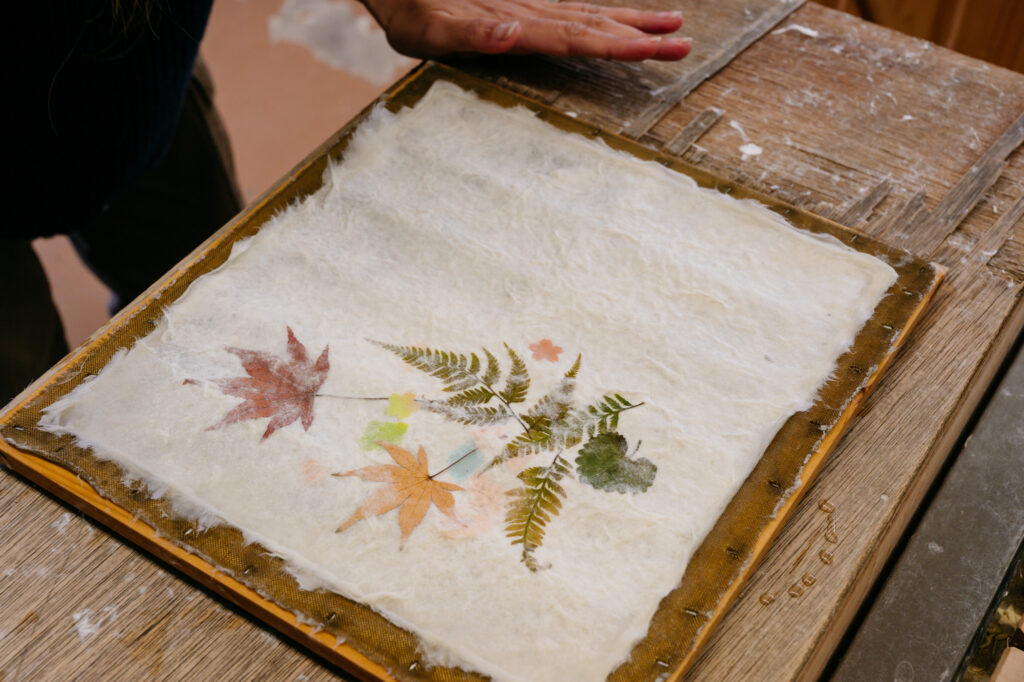
It only costs 210 yen for making a postcard-sized washi, and 520 yen for a colored washi! Please visit the website for more information about the workshop.
Museum Complex
While waiting for your washi to dry off, make your way to the nearby museum complex, and spend some time to learn about the traditional craft, art and history of Iiyama City at Iiyama City Art Museum, Iiyama City Museum of Traditional Arts (inside the Art Museum), and Iiyama Furusato Hall.
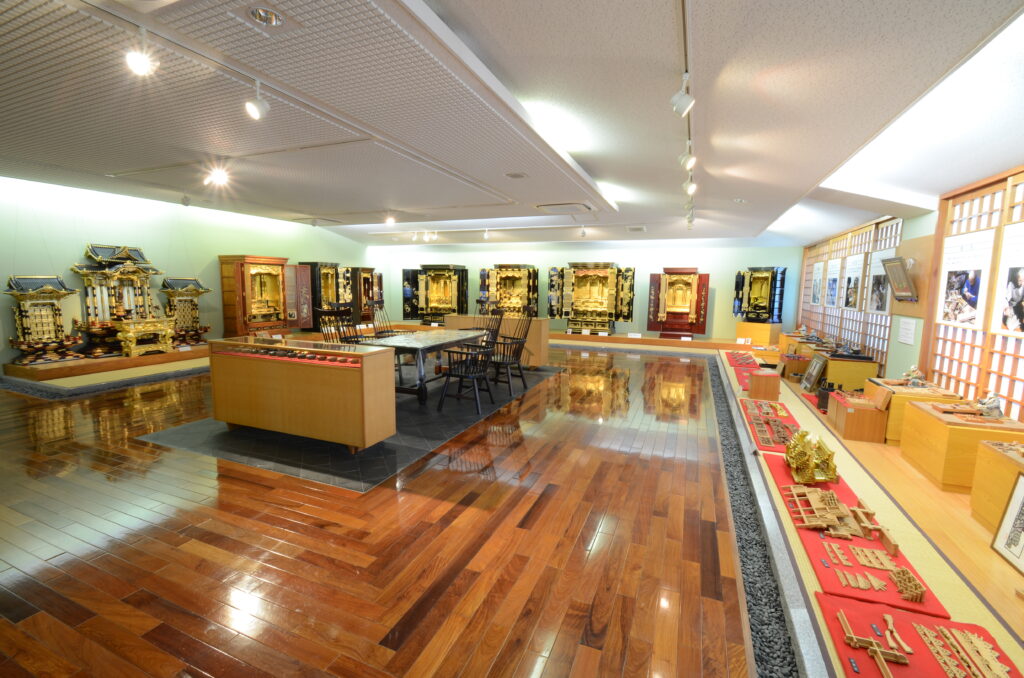
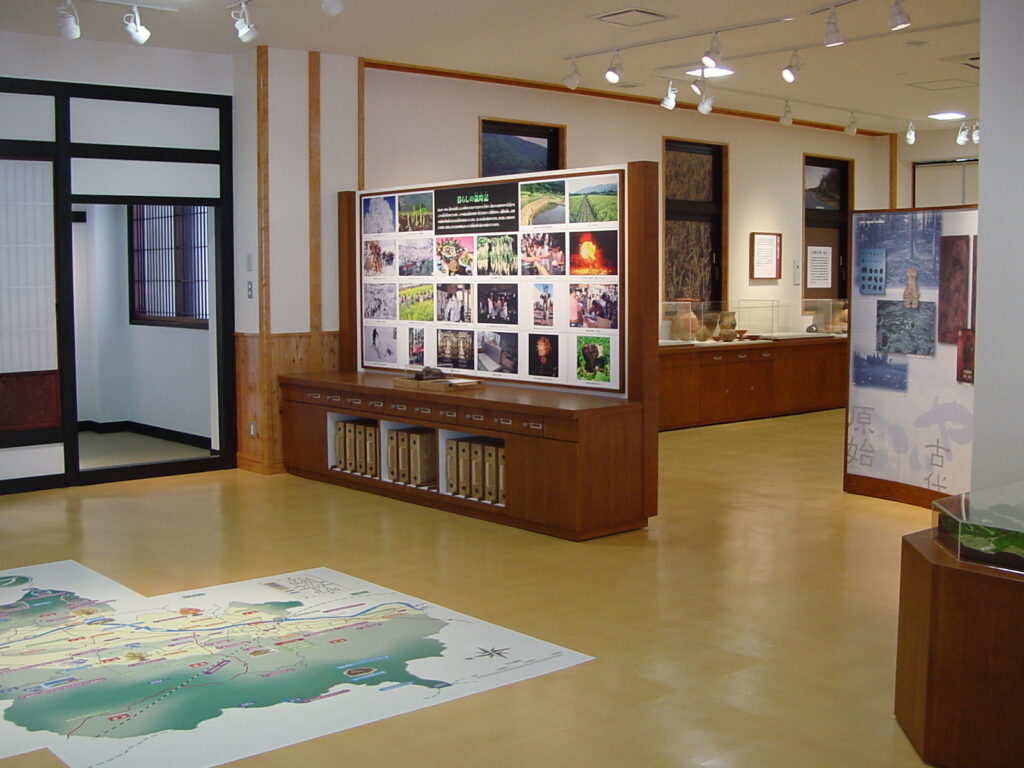
Lunch: Japanese Food in Downtown Iiyama
After picking up your washi paper, walk to the shopping street in downtown Iiyama for a mouth-watering lunch! You can enjoy soba (buckwheat noodles), eel, sushi, and more! I highly recommend the eel, because it is so good that people come all the way from outside Nagano Prefecture to savor it – from neighboring Niigata, Tokyo, Saitama, you name it. However, soba is also a good choice if you are hesitant in trying the eel.
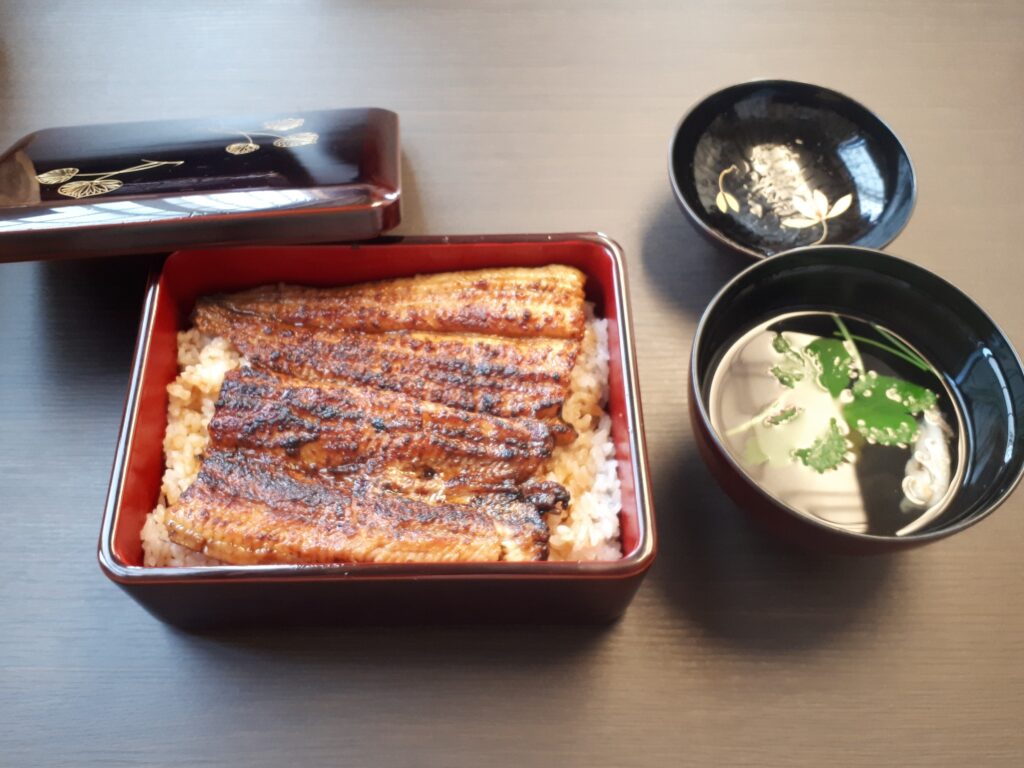
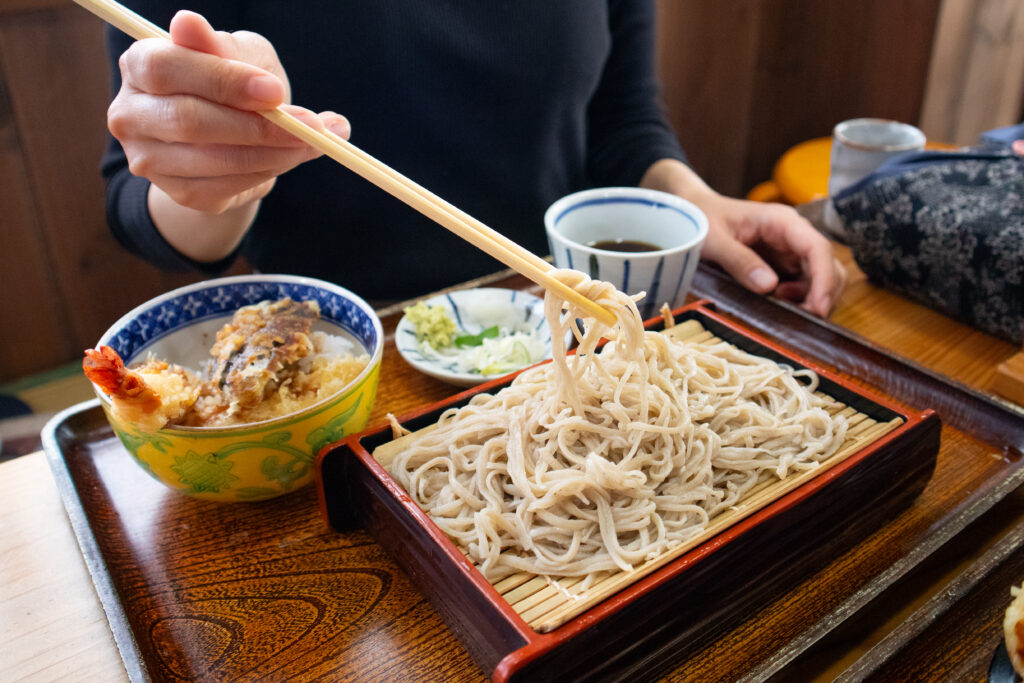
Here is the link to a filtered list of restaurants for your reference.
Optional Activities
After lunch, you can do some other activities before it is time for your shinkansen. Here are a few recommendations:
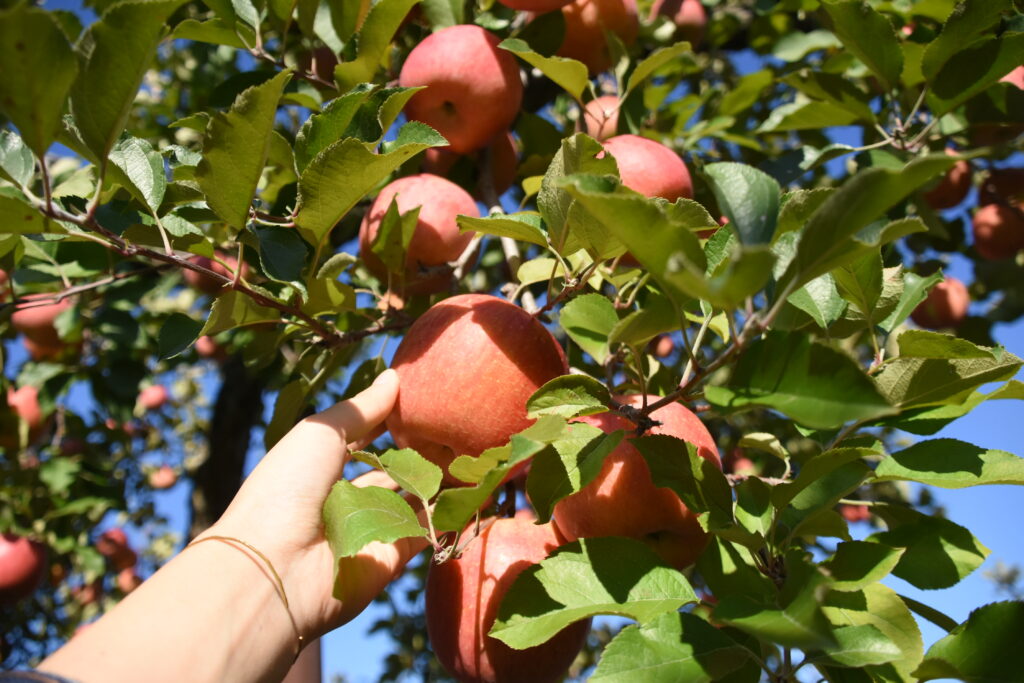
Apple picking
Shiozaki Noen
Hours: 9:00~16:30
Reservation not required
No time limit
7-min walk from station
Website

Japanese sake tour
Tanakaya Brewery
Time: 14:00~16:00 (Tue/Thu)
Reservation required
Takes 2 hours
20-min walk from station
Website
I hope you will find Iiyama City an enjoyable destination for your trip to Japan in autumn!



